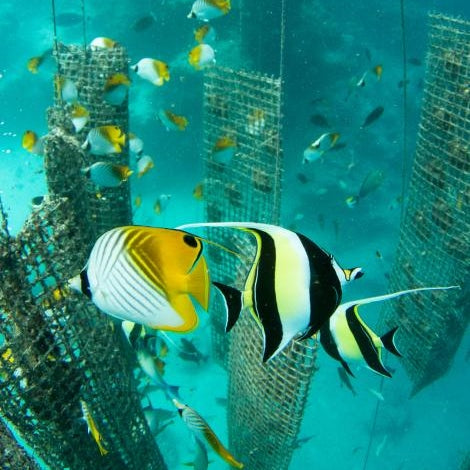Pearls in Style - How to Choose the Best
Posted on
October 12, 2017
by
Gina Pankowski
| 0 Comments
Beyond Beautiful round strands pearls come in many shapes, colors and sizes. They are also one of a few renewable gems.
Pearls are an organic gem in every sense of the word. They grow within a living creature, their quality, color and shape are determined by the environment they live in. A healthy natural growing environment produces the most beautiful pearls.
.
With so many options how do you choose?
For me pearls invoke an emotional response, their luster, colors and shapes are what I notice first. I buy what I like! But when you know a little more about them you can better choose based on the qualities that determine value and their origin.
These characteristics go into determining value and quality of pearls:
-
Color – The classic favorite is a white body color, black, grey, pink and yellow are also popular. When buying pearls you should always ask if a pearls color is natural. There are treatments to change the color of pearls that use dye, bleach and radiation. These will often fade with time. Slight changes in color will happen with natural pearls too because they will absorb oils from your skin.



-
Luster – This is what you see on the surface of a pearl. The best pearls should shine and will often glow with a rainbow array of undertones or “orient”. An example would be white pearls with a yellow or pink orient or South Sea pearls with a peacock orient that displays a rainbow of colors in natural light.
. 

-
Size – A significant factor in a pearl's value, it takes time to grow large pearls! Pearls grow inside a mollusk when an irritant like a grain of sand or an injury occurs. With cultured pearls a “nucleus” usually made from oyster shell is surgically implanted. As the oyster heals it coats this irritant with layers of nacre, the substance that also forms the interior of the shell. Mud and plastic are also used in fresh water pearls. It can take up to four years to grow a 9mm pearl. A healthy South Sea mollusk may live 8 or more years and produce 3-4 pearls. Other clams and oysters can be implanted with multiple nuclei or seeds to grow more than one pearl at a time.
The rarest pearls are those collected in the wild and they are even rarer today because many of the pearl bearing mollusks have been harvested to near extinction. The passion for pearls has never waned and with it the science of growing and caring for them has given us all a chance to experience their beauty. Pearls are a true renewable gem.
Shop Pearl Jewelry Now!
I hope sharing these tips with you will help you enjoy wearing and collecting pearl jewelry even more!
For more in-depth information on pearls check out these links and books:
https://www.gemsociety.org/article/pearl-buying-guide/
http://www.pearl-guide.com/
The Pearl Book: The Definitive Buying Guide by Antoinette Matlins
Pearl Buying Guide: How to Identify and Evaluate Pearls by Renee Newman
Posted in
Earrings,
Gold Jewelry,
Pearl Jewelry,
Pearls
Next →
← Previous
Leave a Reply

